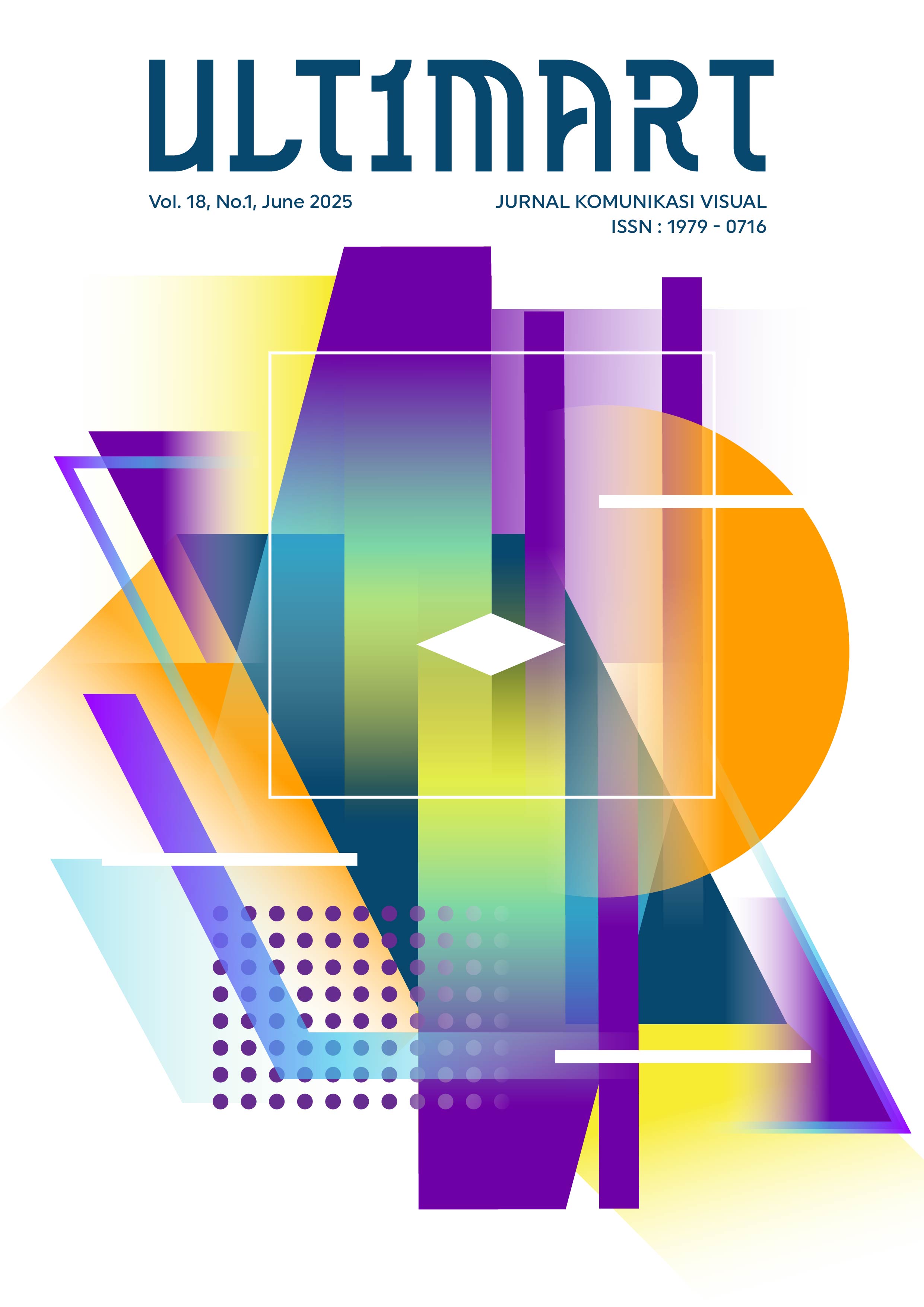Expanding Horizon: Exploring Sustainable Movie Screening Venues for Student Films in Indonesia’s Evolving Exhibition Landscape
DOI:
https://doi.org/10.31937/ultimart.v18i1.4190Abstract
Emerging new exhibition venues and platforms have created an evolving landscape of sustainable movie screening spaces for film students in Indonesia. Using descriptive research and observational methods this study aims to analyze multiple movie screening venues that can sustain film students’ showing. From the traditional theatrical exhibition spaces, alongside recent developments in the Indonesian film exhibition ecosystem. The research identifies six different screening space categories: commercial franchised theaters in major cities, regional cinema chains, serving smaller cities and regencies, privately owned community screening spaces, foreign cultural centers, subscription-based OTT services, and non-subscription streaming platforms. Exploring the geographic relationship between prominent film schools and these exhibition spaces, revealing new opportunities for student filmmakers outside of major cities with access to movie screening venues. The findings suggest that a hybrid exhibition strategy—combining intimate community screenings, regional theatrical exhibitions, and digital distribution—offers the most sustainable approach for student films, maximizing both audience reach and exhibition longevity. This research contributes to understanding how the democratization of screening spaces through both physical venues and digital platforms is reshaping opportunities for emerging Indonesian filmmakers in the post-pandemic era.
Keywords: movie exhibition; screening spaces; sustainable distribution; student films, digital platforms
Downloads
Published
How to Cite
Issue
Section
License
Copyright (c) 2025 Adilla Amelia, Meilani

This work is licensed under a Creative Commons Attribution-ShareAlike 4.0 International License.
Authors retain copyright and grant the journal right of first publication with the work simultaneously licensed under a Creative Commons Attribution-ShareAlike International License (CC-BY-SA 4.0) that allows others to share the work with an acknowledgement of the work's authorship and initial publication in this journal.
Authors are able to enter into separate, additional contractual arrangements for the non-exclusive distribution of the journal's published version of the work (e.g., post it to an institutional repository or publish it in a book), with an acknowledgement of its initial publication in this journal.
Copyright without Restrictions
The journal permits the author(s) to hold the copyright without restrictions and will hold distributing rights without limitations.
The submitted papers are assumed to contain no proprietary material unprotected by patent or patent application; responsibility for technical content and for protection of proprietary material rests solely with the author(s) and their organizations and is not the responsibility of the Ultimart: Jurnal Komunikasi Visual or its Editorial Staff. The main (first/corresponding) author is responsible for ensuring that the article has been seen and approved by all the other authors. It is the responsibility of the author to obtain all necessary copyright release permissions for the use of any copyrighted materials in the manuscript prior to the submission.















